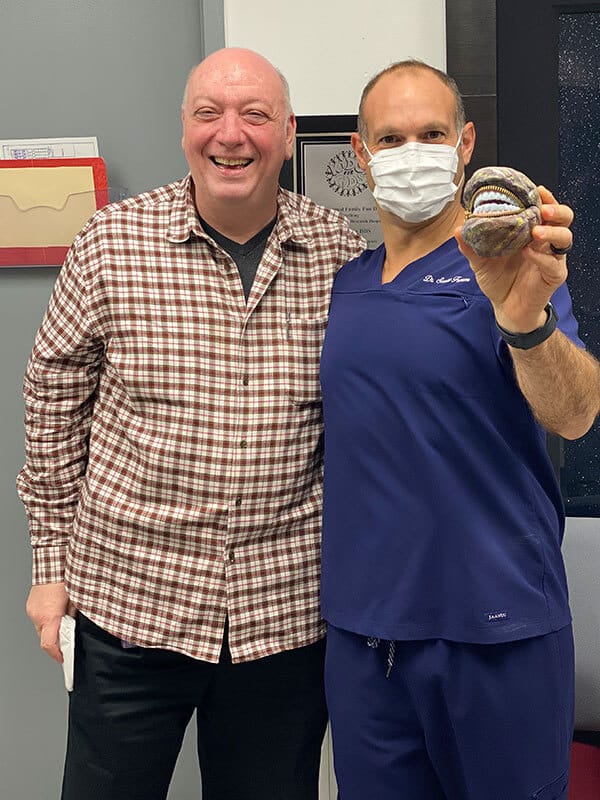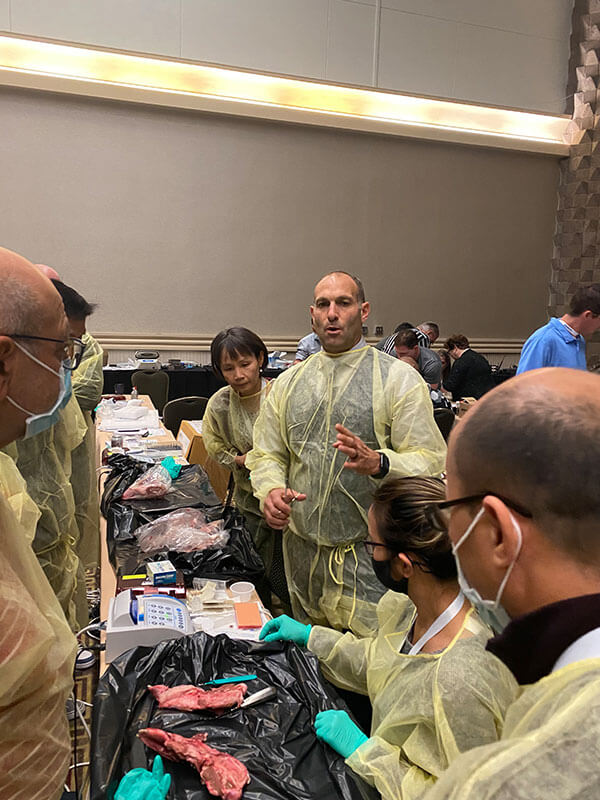
Why Save Your Own Teeth?
How Do We Save Teeth with Bone and Gum Loss?
Teeth that have lost bone and gum tissue can be regenerated with the addition of bone, gum tissue, and growth factors. In our office we use the highest quality of bone (most often cow bone) that acts as a scaffold that helps your own body grow bone back. We also use growth factors and soft tissue grafts that we take from your own blood. We draw your blood and spin it in a centrifuge to harvest your own growth factors from the body. Platelet derived growth factor (PDGF) is released by the platelets in your blood and is called nature’s wound healer. We take this growth factor and combined it with the bone and gum tissue. This will stimulate your own stem cells to turn on and regrow lost bone and gum tissue. In addition, we use lasers that both stimulate your own stem cells to turn on. Lasers also efficiently remove bacteria around the teeth and gums. The combination of lasers, advanced bone graft materials, and specialized surgical techniques can rebuild lost bone and gums that were not possible to do in the past.
I was Already Told My Teeth Have to Come Out
What Do I have to Do to Keep the Rebuilt Bone and Gums?

Are Dental Implants Better Than Teeth?
Your natural teeth have stronger attachments to the bone and gum tissues compared to dental implants and they can withstand bacterially induced diseases to a higher degree. Dental implants, when challenged with the same oral infections, will lose gum and bone tissue faster than your own teeth. Additionally, your teeth have ligaments around them which increase their ability to withstand chewing forces that may cause implant parts to break. Finally, your teeth move as your jawbone grows so their position in relation to your gums and bone stays the same. Because implants are fixed in your bone, the position of the gums and bone change around them so the implants can start to show through the bone and gum tissue leading to metal exposure, long looking teeth, grey shadowing in the implant area, and dental implant complications.
